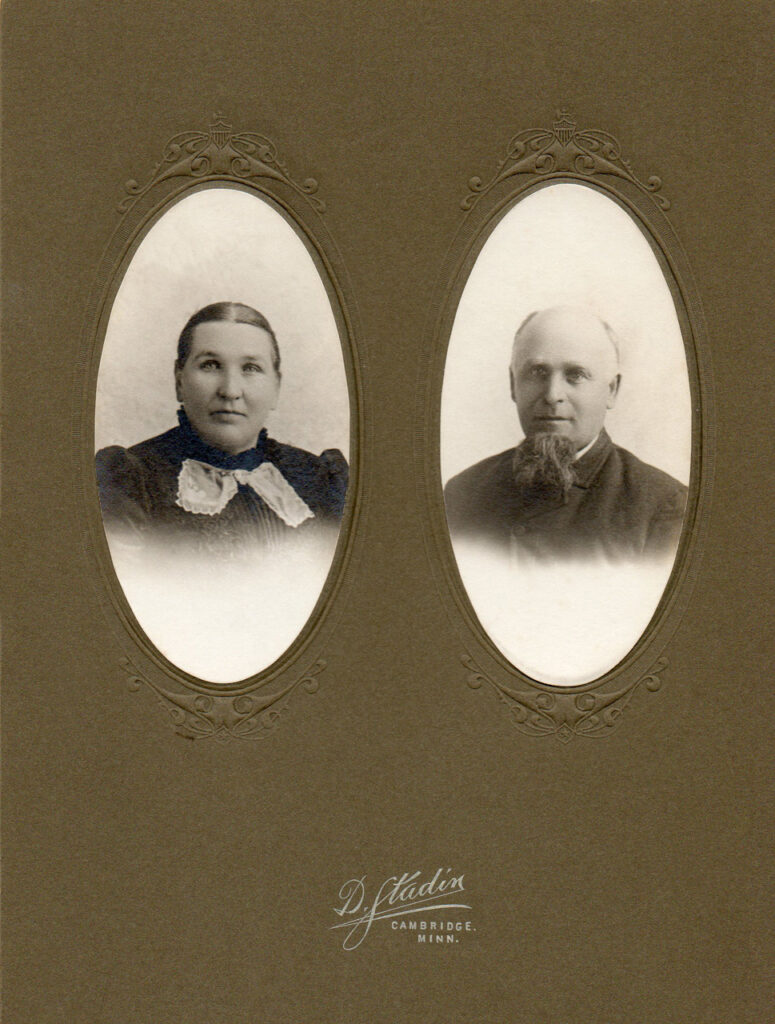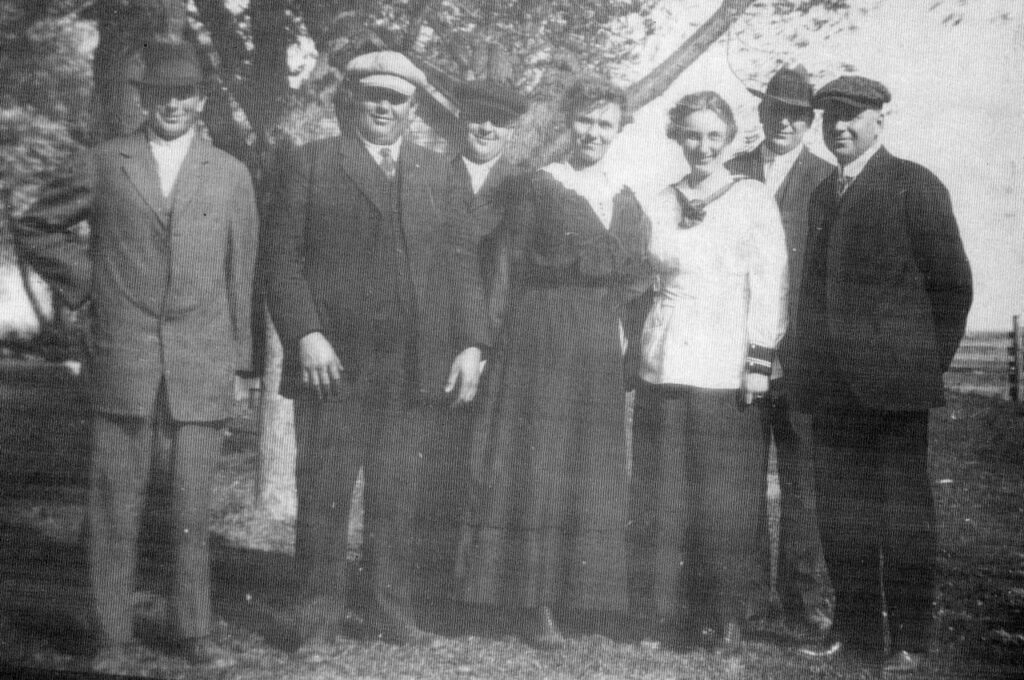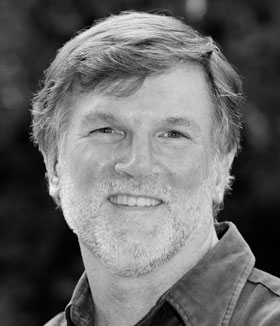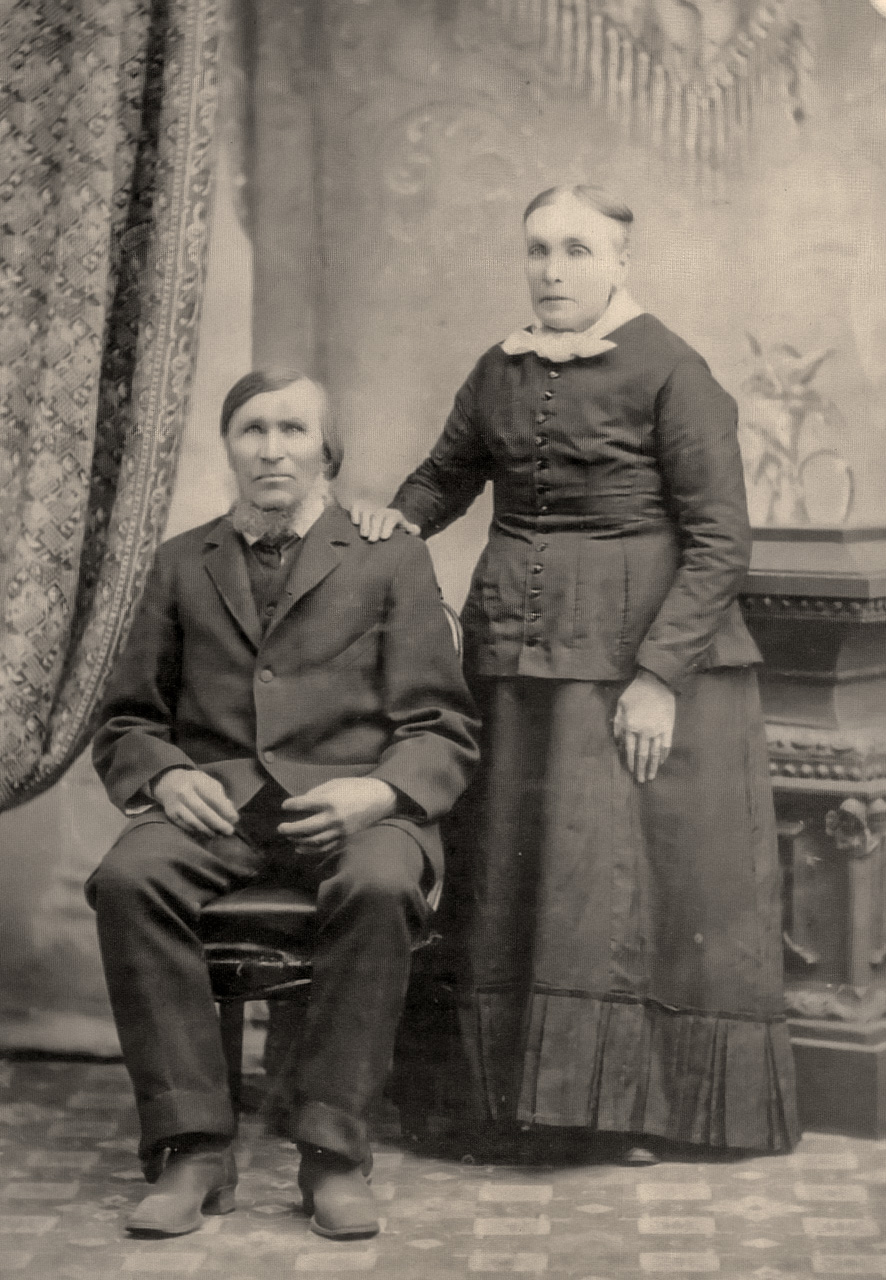Grab a map of Germany and find Frankfurt in the centre of the country. Then trace your finger about 100 kilometres northeast and amongst the forests and fields you’ll find the tiny hamlet of Olberode.
In 1364 four brothers Adolf, Christian, Frederick and Eckhart cleared land at the site and the village of Olberode was born. Now, 650 years later, Olderode is throwing a big anniversary party and is inviting its lost sons and daughters to return to their ancestral homelands this September.
In the mid-1800s emigration fever struck Germany and millions of Germans left their homeland for America. There were push factors (crop failures, economic crises, under- and unemployment, low wages, etc.) and pull factors (cheap land, industrial progress, high wages, upward social mobility, etc.).
My third great grandfather, George Webert, was one of the millions. George was eager to head out for America but cautiously awaited the end of the Civil War before he boarded a ship called ‘America’ with his wife, Anna Catherine Goetz and seven children, in the port of Bremen in the fall of 1865 and set sail for America. He arrived in New York and travelled by train to Wisconsin.

George’s eldest son, Michael, my second great grandfather, unfortunately had to remain in Germany as he was serving in the military. He somehow convinced his commanding officers to discharge him so he could join the rest of his family who had already emigrated. He jumped on a ship, along with his army rifle and set sail. Michael travelled to Dunn County in northern Wisconsin and within a few years married another German immigrant, Elizabeth Ausman. Dunn County was prospering at the time due to the logging industry but Michael was a farmer not a lumberjack. He had his eye on some land northeast of Elk Mound and in 1877 he was awarded a homestead certificate to clear an 80-acre piece of public domain and call it his own.
Michael prospered in Elk Mound and he and Elisabeth had 11 children with nine of those living to adulthood. Whereas he spent his life farming he valued education and became the director of the Elk Mound school board. He died at the age of 60 in 1904.

As a teenage boy growing up in Wisconsin I was unaware of the long-lasting ties I had to the land and that my ancestors were amongst some of northern Wisconsin’s first homesteaders. I had ‘immigrated’ to Wisconsin when I was 10 years old from California and always felt I was a bit of an outsider. Perhaps that’s why I left Wisconsin as soon as I finished university. I knew nothing of my ancestry in those days and had no sense of place or of the sacrifices my ancestors took to ensure their descendants would live quality lives.
About 12 years ago I ‘discovered’ my ancestry and started meeting distant cousins. I had a few pieces of the Webert puzzle put together and then found the goldmine when I met my cousins, Jean Oracheff and Danny Goetz, who had compiled and documented the Webert and Goetz family trees. Since then I’ve been trying to fill some holes and learn of the new generation of Weberts and most importantly trying to meet my distant cousins.
My cousin, Maury Webert, and his wife, Nancy, will be travelling to Olberode to celebrate its 650th. They’ll meet up with our distant cousin, Ulli, who lives in the next village of Oberaula. Ulli has located a descendant of George Webert who still lives in the area. The old homestead where the Webert and Goetz families live still remains in the village. I know of 160 descendants including 120 living descendants who are now spread out across the US and even to Australia. Hopefully in the next few months we’ll learn of their stories which we’ll be able to share in the village where it all began.

